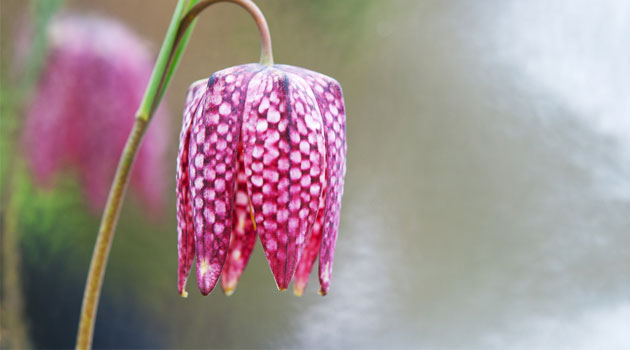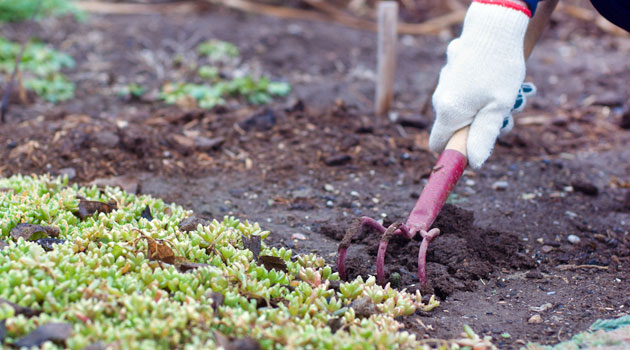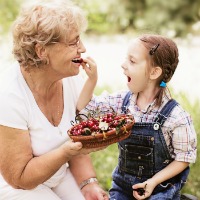Passports not in the drawer I always keep them in. Turning the place upside down.

Growing bulbs in lawns: tulips, crocus and more

One of the great delights of spring is a grassy area peppered with the jewel-like colours of flowering bulbs. Dog tooth violets (erythroniums), snake's head fritillaries, croci and narcissi are just some of the spring flowers that would look beautiful in your garden. So whether you need inspiration or a complete how-to-guide, here is our advice on growing bulbs in lawns...
How to plant your bulbs
The key is to aim for an informal, natural effect with no straight lines and all the bulbs mixed up. This means varying the planting spaces, combine different bulbs and planting them randomly.
There are two ways to create this effect - so first decide if you can live with a slightly untidy lawn for part of the year. If you have the space, you could devote a part of the garden to spring bulbs and just mow a path through it, giving the rest of the lawn its first cut in July or August. This will allow the bulbs to bulk up after flowering and set their seeds.
If you want to mow in early April you will need very early flowering bulbs that will have set seed by the time you are ready to cut.
Which bulbs to plant
Early flowering lawns
Plant smaller bulbs such as:
- Galanthus elwesii and G. nivalis - Snowdrops
- Crocus tommasinianus, C, crysanthus
- Muscari armeniacum

Later flowering lawns
There is a much bigger selection, and you can include the selection above in your choices:
- Narcissus Pseudonarcissus - our native daffodil, N. nanus, N. minor
- Hyacinthoides non-scripta - native English bluebells
- Leucojum vernum - snowflake
- Tulipa sylvestris and Darwin tulips
- Fritallaria meleagris
- Erythonium dens-canis - dog's tooth violets
- Gladiolus communis subsp. byzantinus
Pests and diseases
Squirrels can completely ruin an entire back-breaking session of bulb planting. Two ways to prevent this are to plant the bulbs in the green (with all their leaves and roots in spring) or to pin a wire or plastic mesh over the areas planted until the bulbs start to grow.
Infected material
Never plant any bulbs that look old, shrivelled, soft, badly streaked or diseased. Your plants will be in top-notch condition only if purchased from a reputable supplier.
Feeding bulbs in lawns
Feed them with a high-potash feed like Tomorite. High nitrogen feeds will just make the grass grow faster and compete with the precious bulbs.
Planting bulbs
Bulbs usually need to be planted at a depth of 3-5 times their own height. A well-prepared soil will include a pinch of bonemeal and some sharp sand to help drainage.

New lawns
Time the planting of your new lawn for September or October when the bulbs will be readily available from the wholesale supplier. The new soil is prepared and then the bulbs planted wherever they have landed after being scattered in a random pattern on the lawn.
Established lawns
Bulbs can be planted in the green. They should be planted as soon as they are received at the same depth as they were grown. Alternatively, they can be planted while they are dormant in autumn.
The ground can be prepared by lifting the turf carefully with a spade or turfing iron, loosening the soil underneath, planting the bulbs and finally rolling the turf back firmly. You can also use a bulb-planting tool, to lift a soil plug from the ground and create a hole in which you can plant the bulbs quickly. A lawn aerator is a quick way to plant up finer and smaller bulbs.
Images: Shutterstock

